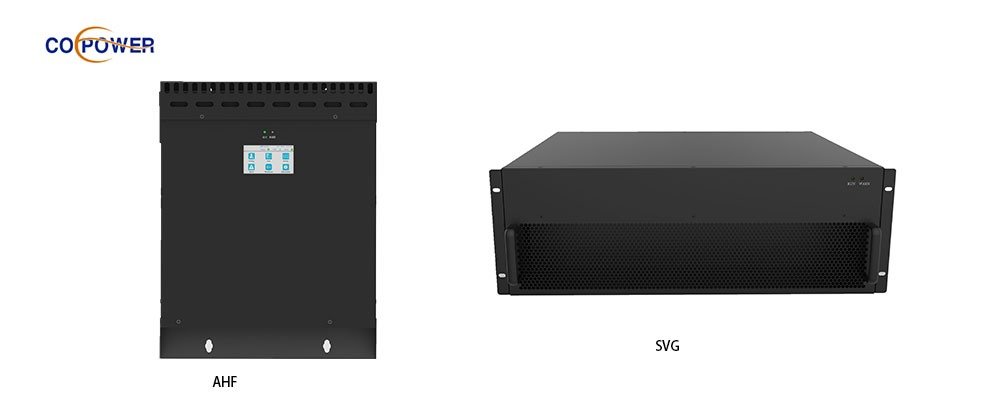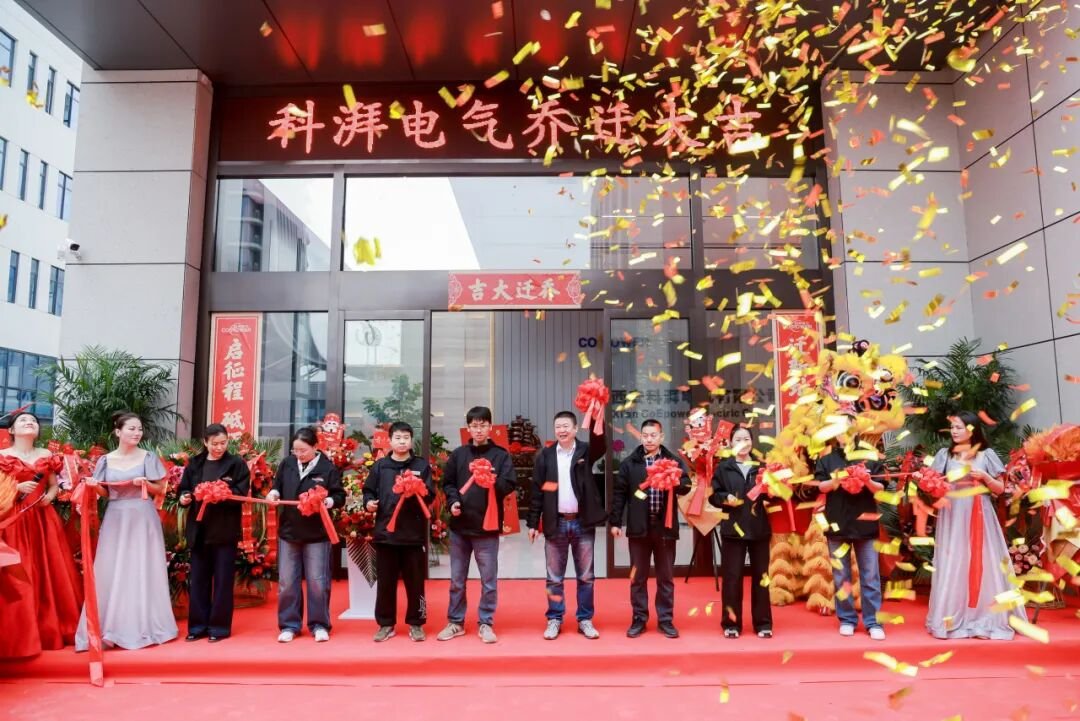Sí, Pero con limitaciones:
La mitigación armónica mejora el factor de potencia de distorsión (Dipf):
Eliminando las corrientes armónicas, AHFS reduce las pérdidas del factor de potencia de distorsión, Mejora del factor de potencia total (TPF).
Limited Reactive Power Compensation:
Algunos AHF avanzados pueden inyectar corrientes principales o rezagadas para corregir el factor de potencia de desplazamiento (similar to capacitors or STATCOMs).
Sin embargo, Son menos rentables que los condensadores para la corrección de energía reactiva pura.

- Comparison with Traditional PFC Methods

- Aplicaciones prácticas donde los AHF mejoran el factor de potencia、
2.1 Industrial Plants with VFDs
Problema: Unidades de frecuencia variable (VFDS) generate harmonics and inductive reactive power.
Solución: AHFS reduce los armónicos, improving DiPF, while capacitors correct DPF.
2.2 Data Centers with SMPS Loads
Problema: Suministros de alimentación de modo de interruptor (SMPS) cause harmonic distortion and poor power factor.
Solución: AHFS limpia armónica, Mejorar el factor de potencia general sin unidades PFC adicionales.
2.3 Sistemas de energía renovable
Problema: Los inversores solares/eólicos introducen armónicos y fluctuación de energía reactiva.
Solución: Hybrid systems (AHF + Estatomal) Proporcionar filtrado armónico y PFC dinámico.
2.4. Limitaciones de AHF en la corrección del factor de potencia
Mayor costo: Los AHF son más caros que los bancos de condensadores para PFC puro.
Capacidad de KVAR limitada: Están optimizados para armónicos, no potencia reactiva a granel.
No siempre es necesario: Si los armónicos son bajos, condensadores o statcoms pueden ser más eficientes.
- Conclusión
Los filtros armónicos activos mejoran el factor de potencia, pero principalmente reduciendo la distorsión armónica (Dipf) en lugar de compensar la potencia reactiva (DPF). Para PFC completo, Una combinación de AHF y condensadores/statcoms es a menudo la mejor solución.
En sistemas de energía modernos con alta contaminación armónica, AHFS ofrece un doble beneficio: potencia más limpia y mejor factor de potencia. Sin embargo, Los ingenieros deben evaluar si los armónicos o la potencia reactiva es el problema dominante antes de seleccionar la solución correcta.


